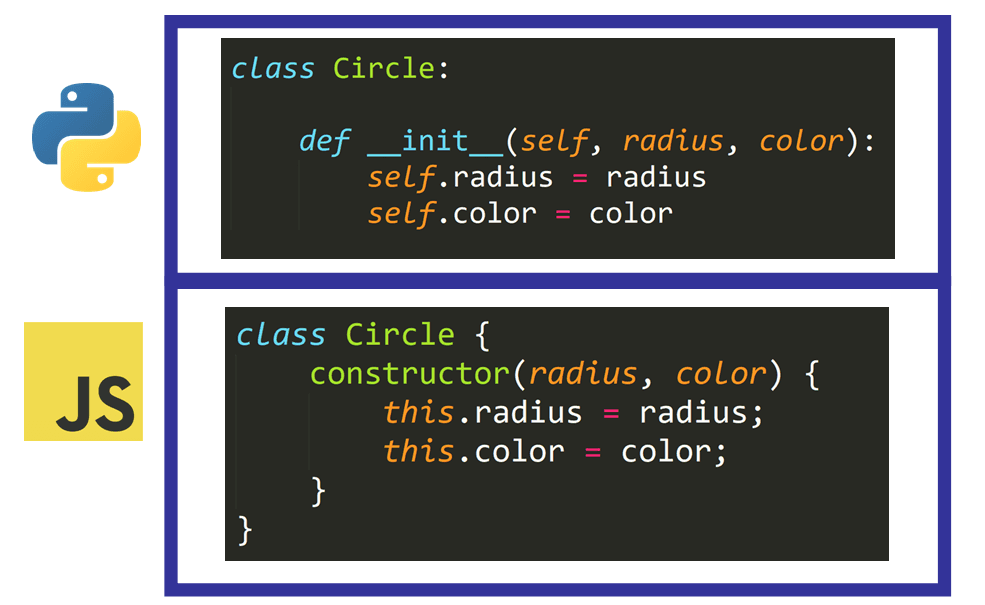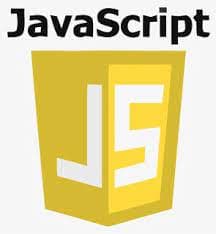
Computer Languages: JavaScript vrs Python
December 19, 2022
VaniaD
Short comparison of JavaScript and Python computer languages
Tech
JavaScript and Python are both popular programming languages
They have some important differences that you should consider when deciding which one to use for a particular project.

JavaScript is a high-level, dynamically typed language that is used for web development and can be run in a web browser. It is often used for building interactive front-end web applications, such as games and online forms.
Python is a high-level, dynamically typed language that is widely used for a variety of purposes, including web development, scientific computing, data analysis, and artificial intelligence. It is known for its simplicity and readability, making it a popular choice for beginners.
Here are a few key differences between JavaScript and Python:
Syntax: JavaScript and Python have different syntax, which refers to the way code is written and organized. JavaScript uses curly braces to enclose blocks of code, while Python uses indentation.
Typing: JavaScript is a dynamically typed language, which means that you don't need to specify the data type of a variable when you declare it. Python is also dynamically typed, but it also has support for optional type hints, which can help with code readability and error prevention.
Use cases: As mentioned earlier, JavaScript is primarily used for web development, while Python has a wider range of applications. Python is often used in scientific computing, data analysis, and machine learning, while JavaScript is more focused on front-end web development.
Ultimately, the choice between JavaScript and Python will depend on your specific project needs and your personal preferences. Both languages are powerful and widely used, so you can't go wrong with either one.
JavaScript is a popular programming language that is used for building interactive web applications. It is primarily used for front-end web development, which involves creating the user interface and handling user interactions on a website.
Here are some examples of what you can do with JavaScript:
Build interactive websites: You can use JavaScript to create interactive elements on a website, such as drop-down menus, forms, and games.
Add animation and effects: JavaScript can be used to add animation and visual effects to a website, such as fading in and out, moving elements, and changing the styling of elements.
Validate forms: You can use JavaScript to validate user input in forms, ensuring that required fields are filled out and that the data is in the correct format.
Create single-page applications (SPAs): SPAs are web applications that load a single HTML page and dynamically update the page with new content as the user interacts with the application. JavaScript is often used to build SPAs because it allows for real-time updates and smooth transitions between different views.
Work with APIs: JavaScript can be used to make HTTP requests to APIs (Application Programming Interfaces) and retrieve data from external sources. This can be used to build integrations with other platforms or to display real-time data on a website.
Overall, JavaScript is a versatile language that can be used for a wide range of web development tasks. It is a good choice for building interactive and dynamic websites and web applications.

Python is a powerful and versatile programming language that is widely used for a variety of purposes. It is known for its simplicity and readability, making it a popular choice for beginners and experienced developers alike.
Here are some examples of what you can do with Python:
Web development: You can use Python to build server-side web applications. There are several popular frameworks for web development in Python, such as Django and Flask, which make it easy to build and deploy web applications.
Data analysis and scientific computing: Python has a number of libraries for data analysis and scientific computing, such as NumPy and Pandas. These libraries make it easy to perform complex mathematical operations and analyze large datasets.
Machine learning: Python has a number of libraries for machine learning, such as scikit-learn and TensorFlow. These libraries can be used to build and train machine learning models, making it easy to perform tasks such as image and speech recognition, natural language processing, and predictive modeling.
Desktop applications: You can use Python to build cross-platform desktop applications with the help of frameworks such as PyQt and Kivy.
Automation: Python can be used to automate tasks such as data entry, web scraping, and system administration.
Overall, Python is a flexible language that can be used for a wide range of purposes, including web development, data analysis, scientific computing, machine learning, and desktop application development. Its simplicity and readability make it a great choice for beginners, while its advanced libraries and frameworks make it a powerful tool for more experienced developers.
It's important to note that since its creation in 1995 JavaScript is pretty much everywhere on the web—and that's not likely to change any time soon. According to the 2022 StackOverflow developer survey, it's the most commonly used programming language for the ten year in a row.
For programmers who already know Java or C++, learning Python not just makes you a Polyglot programmer but also gives you a powerful tool in your arsenal to write scripts, create a web application, and open the door to the exciting field of Data Science and Machine Learning.
